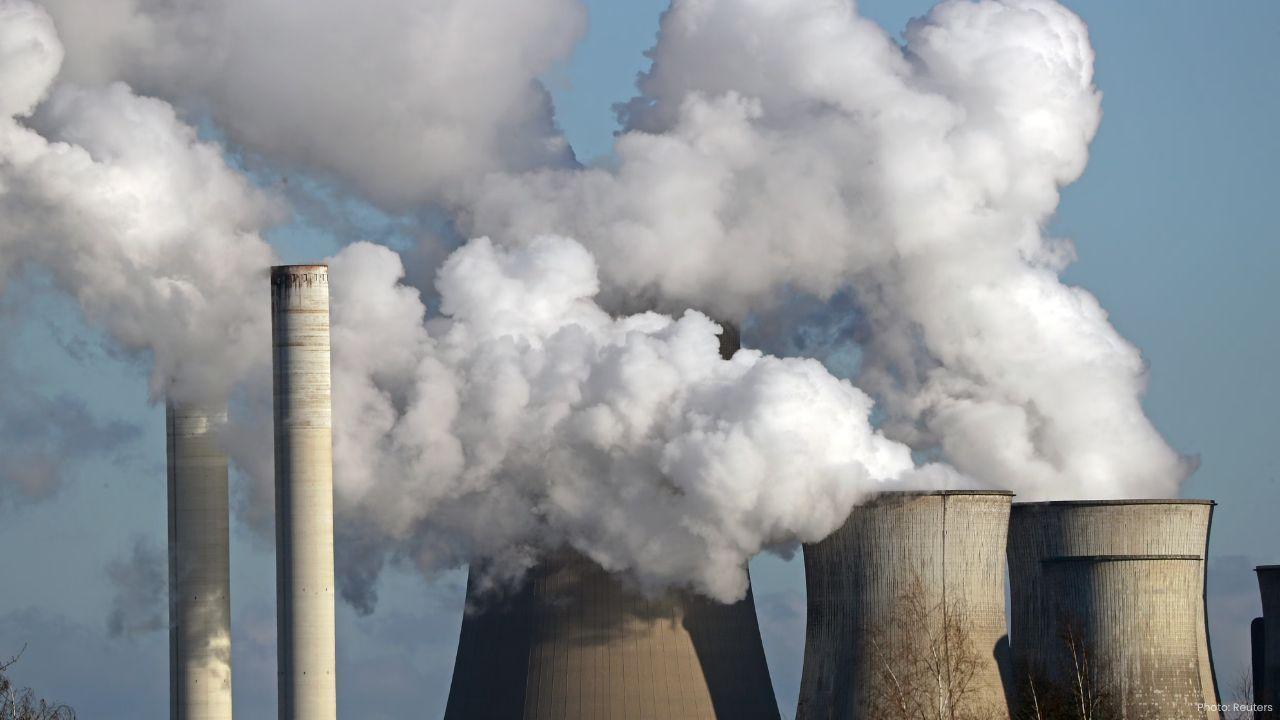
Post by : Meena Rani
As the world faces rising challenges from climate change, countries are actively seeking solutions to reduce carbon emissions while continuing economic development. One of the most promising technologies in this field is Carbon Capture, Utilisation, and Storage (CCUS). This technology captures carbon dioxide (CO₂) emissions from power plants, factories, and other industrial sources before they can enter the atmosphere. For countries like India, which rely heavily on industrial growth for economic development, CCUS provides a practical way to lower emissions without slowing down growth.
Carbon emissions from energy production, heavy industries, and waste management are major contributors to climate change. In India, rapid industrialisation and urbanisation are necessary for creating jobs and supporting the population. However, these activities also generate a large volume of CO₂ emissions. CCUS offers a solution that balances these two critical priorities: maintaining industrial productivity and protecting the environment.
Carbon Capture in Thermal Power Plants
India’s energy system is largely powered by coal-based thermal power plants. Coal remains a cheap and reliable source of electricity, supporting the energy needs of millions of households, factories, and businesses. However, burning coal releases large amounts of carbon dioxide, contributing to global warming and air pollution.
CCUS technology can be applied to existing thermal power plants to capture a significant portion of the carbon emissions before they leave the plant. Captured CO₂ can then be safely stored underground or used in other industrial processes. This approach allows power plants to continue supplying energy while significantly reducing their environmental impact.
As India’s energy demand is expected to rise by more than 30% in the next decade, CCUS can help meet energy needs without increasing carbon emissions. It also allows India to move towards its climate targets while maintaining energy security and industrial growth.
Reducing Emissions in Heavy Industries
Apart from power plants, industries such as steel, cement, and chemical production are among the largest sources of industrial CO₂ emissions. These industries are essential for India’s infrastructure development and economic growth. However, traditional production processes make it difficult to reduce emissions.
Integrating carbon capture technology into these industries can significantly lower emissions while keeping production levels high. For example, in steel manufacturing, CCUS can capture CO₂ released during coke production and blast furnace operations. Similarly, in cement factories, CO₂ can be captured during the chemical reactions that produce cement.
Several countries have successfully adopted CCUS in heavy industries, proving that it is possible to decarbonise essential sectors without harming productivity. In India, implementing such technologies could help meet climate goals while supporting industrial expansion, employment, and urban development.
CCUS and Waste Management
Waste management is another area where carbon capture can have a strong impact. Industrial waste, municipal waste, and waste-to-energy plants release CO₂ and other greenhouse gases during processing. Capturing these emissions reduces pollution and improves air quality.
CCUS technology can also enhance recycling and waste utilisation processes. For example, captured CO₂ can be used to create building materials, chemicals, or synthetic fuels. This approach aligns with the principles of a circular economy, where waste is minimised, and resources are reused. By integrating CCUS into waste management, industries can reduce emissions while improving efficiency and sustainability.
Collaborative Efforts for Effective Implementation
Successful deployment of CCUS requires collaboration between governments, research institutions, and industries. Governments can provide policies, incentives, and funding to promote carbon capture initiatives. Research institutions can focus on improving technology efficiency and reducing costs. Industries, on the other hand, bring practical experience in emissions management and operational expertise.
Partnerships between these stakeholders are essential to develop locally adapted solutions for India. Training programs, pilot projects, and knowledge sharing can accelerate adoption and help overcome technological and financial challenges. By working together, India can build a strong CCUS ecosystem that supports sustainable industrial growth.
CCUS as Part of a Broader Climate Strategy
While renewable energy sources like solar, wind, and hydropower are essential for a sustainable future, they cannot immediately replace all fossil fuel-based energy needs. CCUS serves as a transitional technology that allows countries to continue using existing infrastructure while gradually shifting to cleaner energy.
Incorporating CCUS into national climate strategies provides a balanced approach to industrial growth and environmental protection. It allows India to meet its energy requirements, support economic development, and reduce greenhouse gas emissions at the same time.
CCUS also complements other climate initiatives, such as energy efficiency improvements, renewable energy expansion, and sustainable urban planning. Together, these measures form a comprehensive approach to achieving long-term climate goals while maintaining industrial productivity.
Challenges and Opportunities
Despite its potential, CCUS faces several challenges. High implementation costs, lack of awareness, and technical complexities can slow down adoption. Capturing, transporting, and storing CO₂ requires careful planning and investment.
However, the opportunities far outweigh the challenges. CCUS creates new jobs in technology development, plant operations, and research. It opens avenues for innovative industries that use captured CO₂ as a raw material. Additionally, it helps countries like India maintain their growth trajectory without compromising environmental commitments.
International experiences show that with proper policy support, research, and collaboration, CCUS can be scaled up successfully. Incentives, carbon pricing, and technology partnerships can make adoption easier and more cost-effective.
Balancing industrial growth with climate action is one of the most pressing challenges for developing nations. For India, Carbon Capture, Utilisation, and Storage (CCUS) offers a practical solution to reduce emissions from power plants, heavy industries, and waste management without slowing economic growth.
By integrating CCUS into its industrial and energy systems, India can continue its development journey while fulfilling its climate commitments. Collaborative efforts between the government, industry, and research institutions will be key to its success.
Ultimately, embracing carbon capture technology is not just about reducing emissions; it is about creating a sustainable and prosperous future. It demonstrates that economic growth and environmental stewardship can go hand in hand, providing a model for other developing countries facing similar challenges.
Carbon Capture, CCUS, CO₂ emissions, thermal power plants, heavy industries
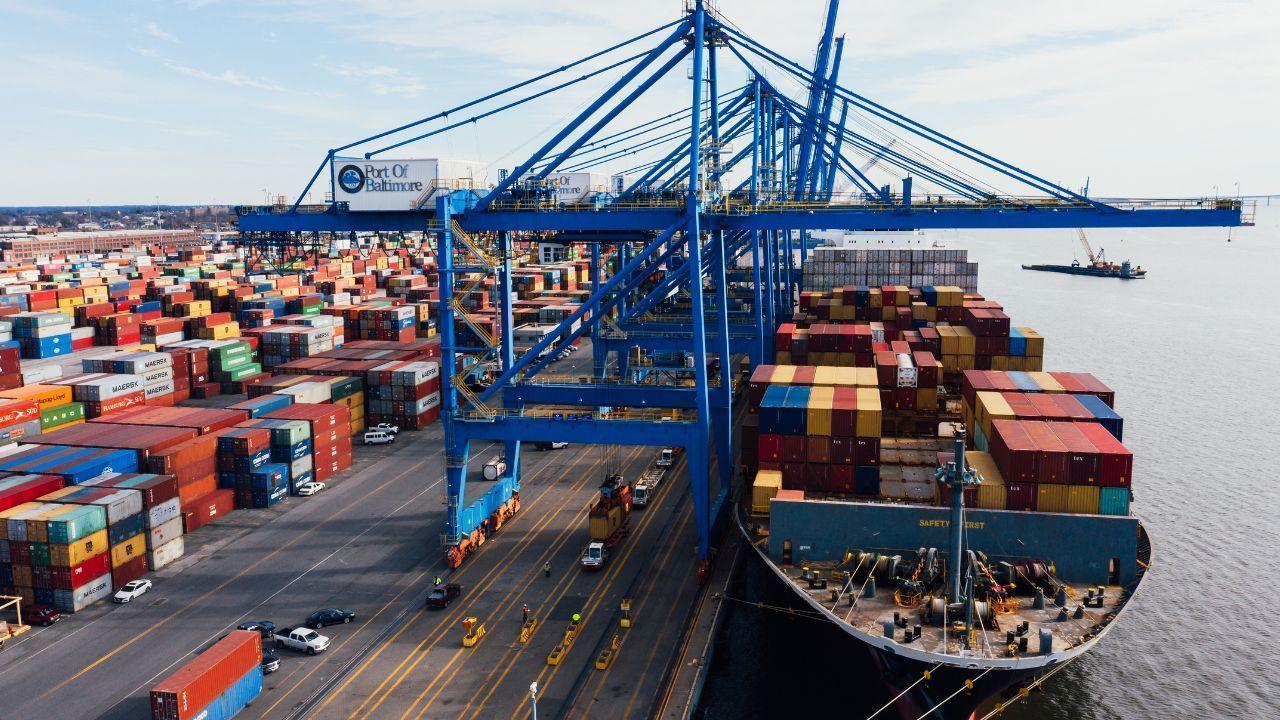
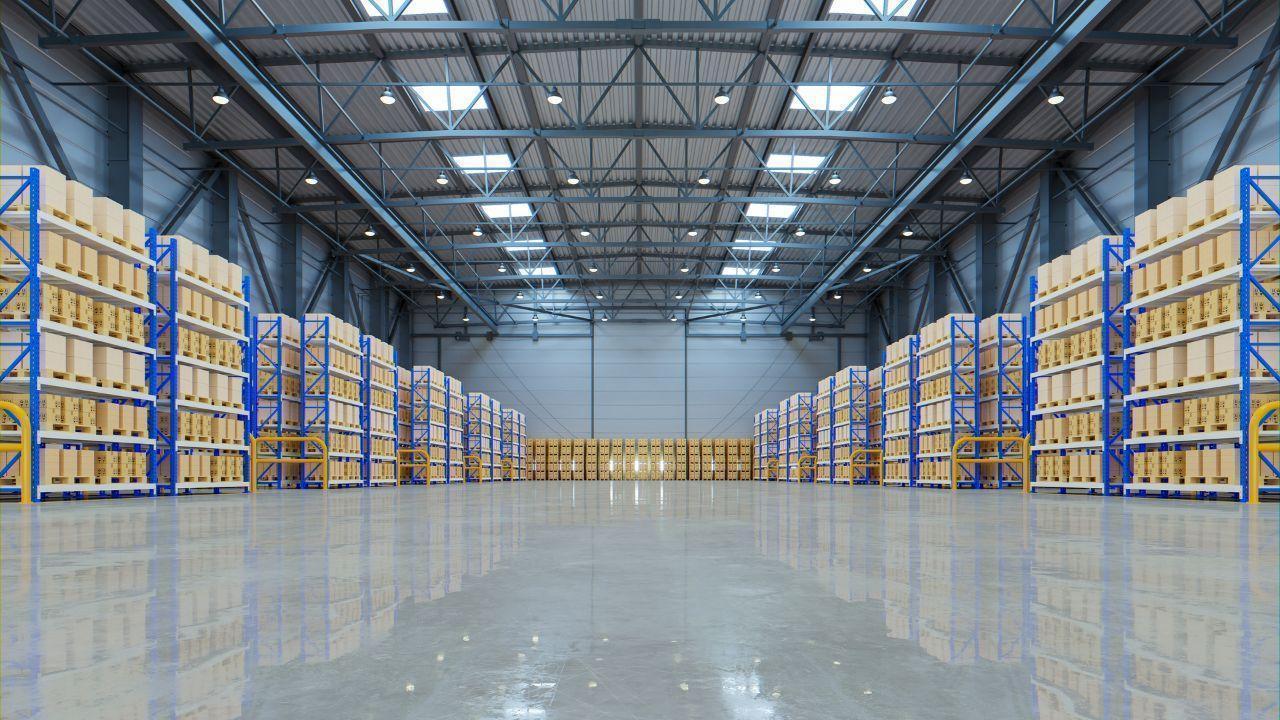
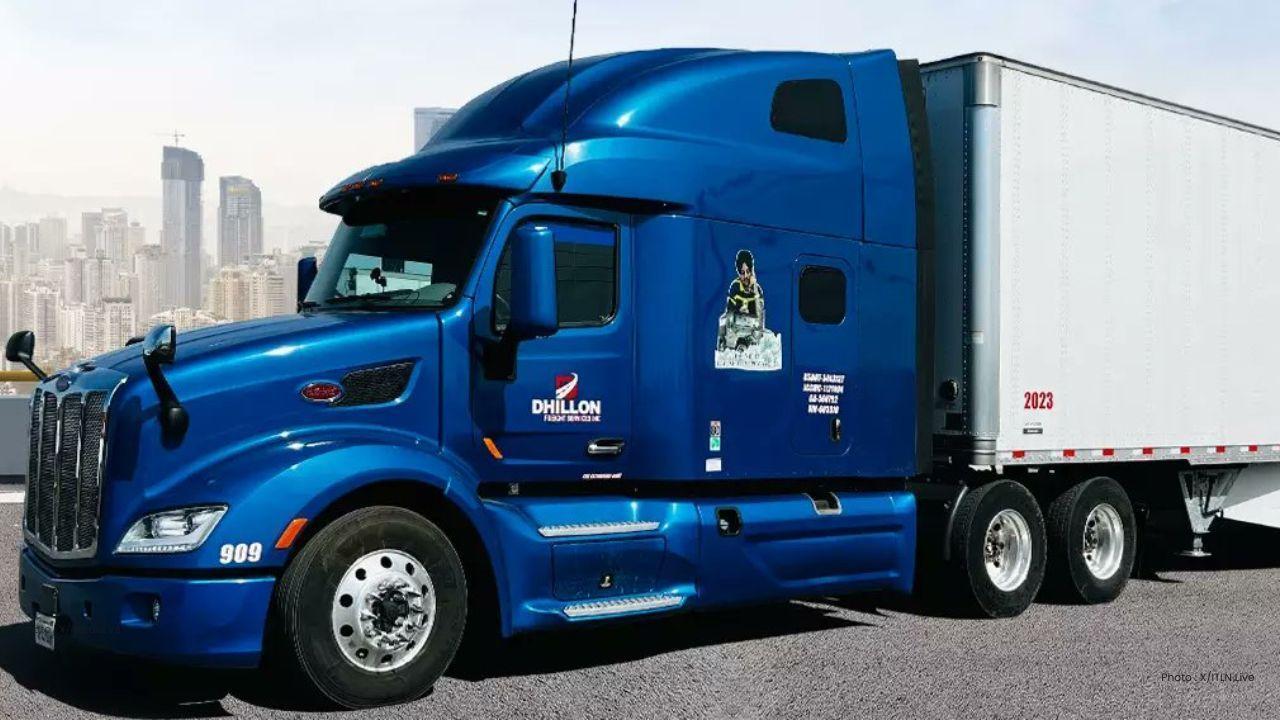


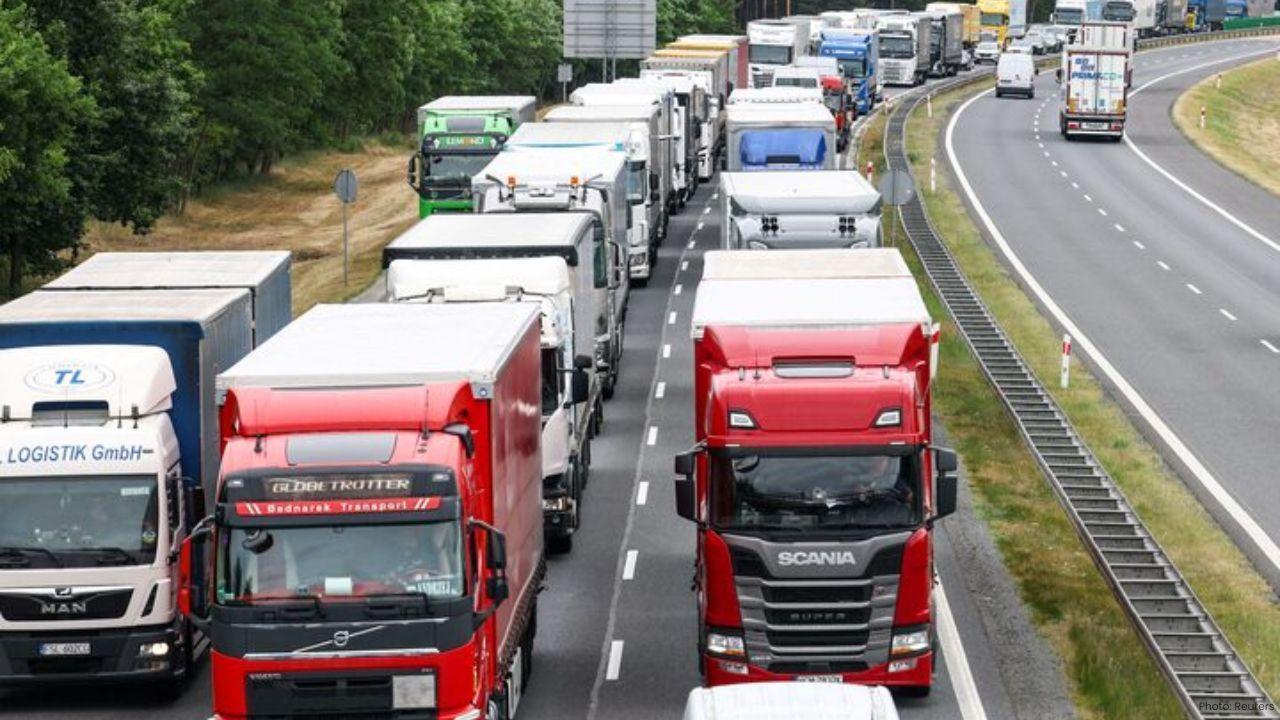


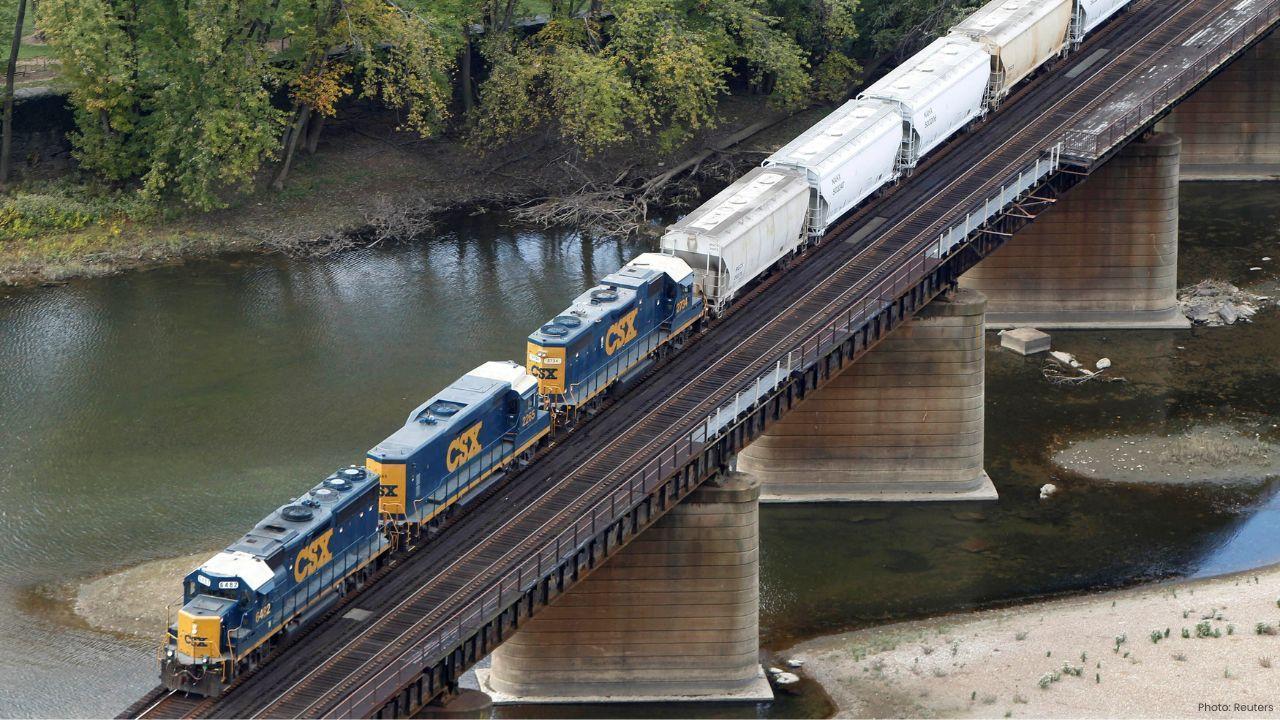

Unitree G1 Robot Shows Strong Agility and Recovery in Combat Test
Unitree’s G1 humanoid robot impresses with fast recovery, smooth movements, and strong agility durin

Autodesk Enhances Design & Production with AI-Powered Tools
Autodesk introduces advanced AI tools to streamline design and manufacturing, boosting efficiency an

2025 Mahindra Bolero Neo Facelift Spied With Fresh Grille Design
Spy photos reveal Mahindra’s forthcoming Bolero Neo facelift, showcasing a new front grille LED DRLs
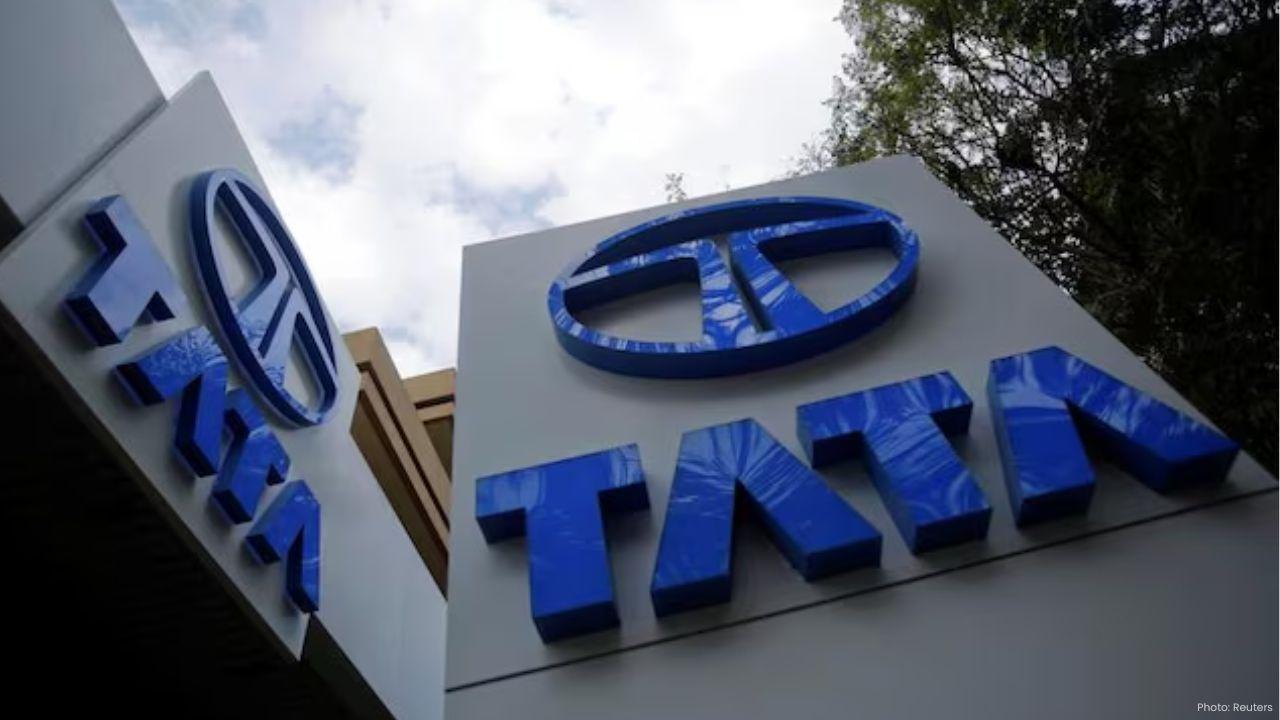
Tata Technologies Acquires Germany’s ES-Tec Group for ₹750 Crore
Tata Technologies acquires Germany's ES-Tec Group for ₹750 crore to boost European operations and en

Harnessing Carbon Capture Balancing Industry and Climate Action
Carbon capture helps industries reduce emissions while growing, supporting sustainable development a
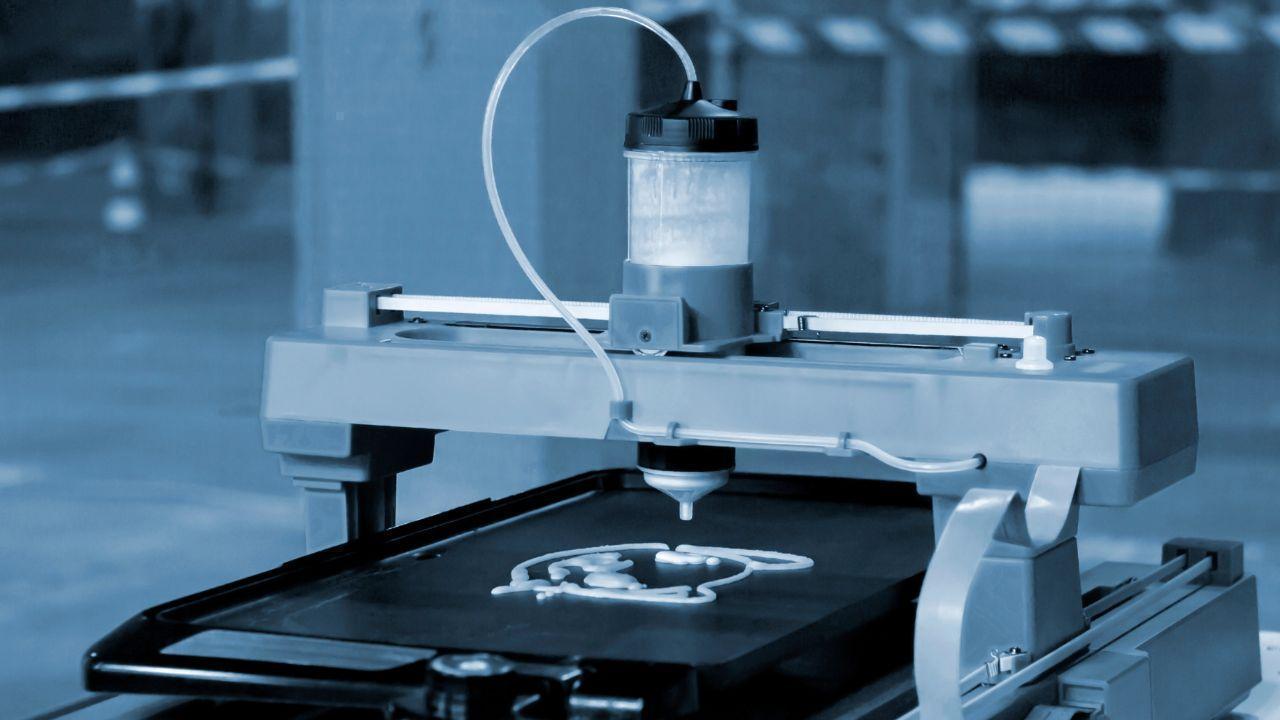
Meltio Opens First U.S. Metal 3D Printing Center in Danville
Meltio launches its first U.S. advanced metal 3D printing center in Danville, Virginia, featuring cu